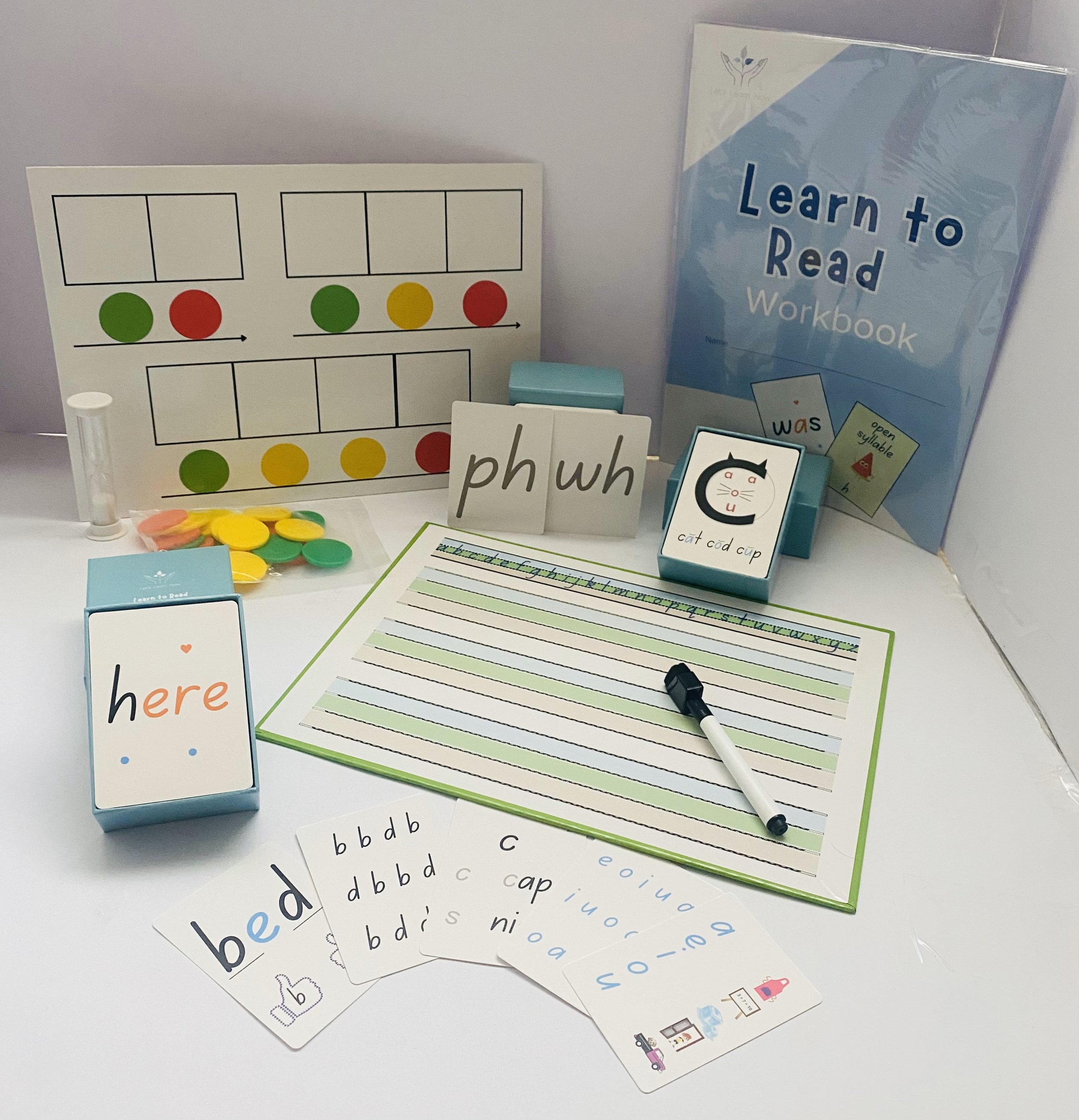Already have our Learn to Read kit?
Click here to access your resources.
Your Reading Toolkit
Introducing the Learn to Read kit from Let's Learn Now. The perfect companion for young children embarking on their reading journey
Packed with multisensory interactive resources, including bright visuals, phonics cards and engaging activities, the Learn to Read kit has been designed with care and passion to help children develop essential reading skills in a fun and engaging way.
Downloadable resources
Weekly lesson plans
Multisensory games
Instructional teaching videos
Multisensory learning involves the use of visual, auditory, and kinaesthetic-tactile pathways simultaneously to enhance memory and learning of written language.
Institute for Multisensory Language Education
The Learn to Read kit encourages learning through sight, sound, and touch. This innovative approach caters to various learning styles, ensuring that every child can develop essential reading skills.
The Science of Reading involves explicit and systematic instruction, multisensory learning approaches and evidence-based intervention practices.
The Learn to Read kit offers an evidence-based, structured and systematic approach that helps turn complex concepts into playful experiences, making reading an adventure worth exploring.
At Let's Learn Now, we believe that every child deserves the chance to unlock their full potential through the power of reading and writing.






